British traditions often leave tourists scratching their heads. While some customs are steeped in centuries of history, others are quirky habits that have developed over time. These 18 unusual British traditions will give you a glimpse into the fascinating and often baffling cultural practices of the UK.
Cheese Rolling Festival
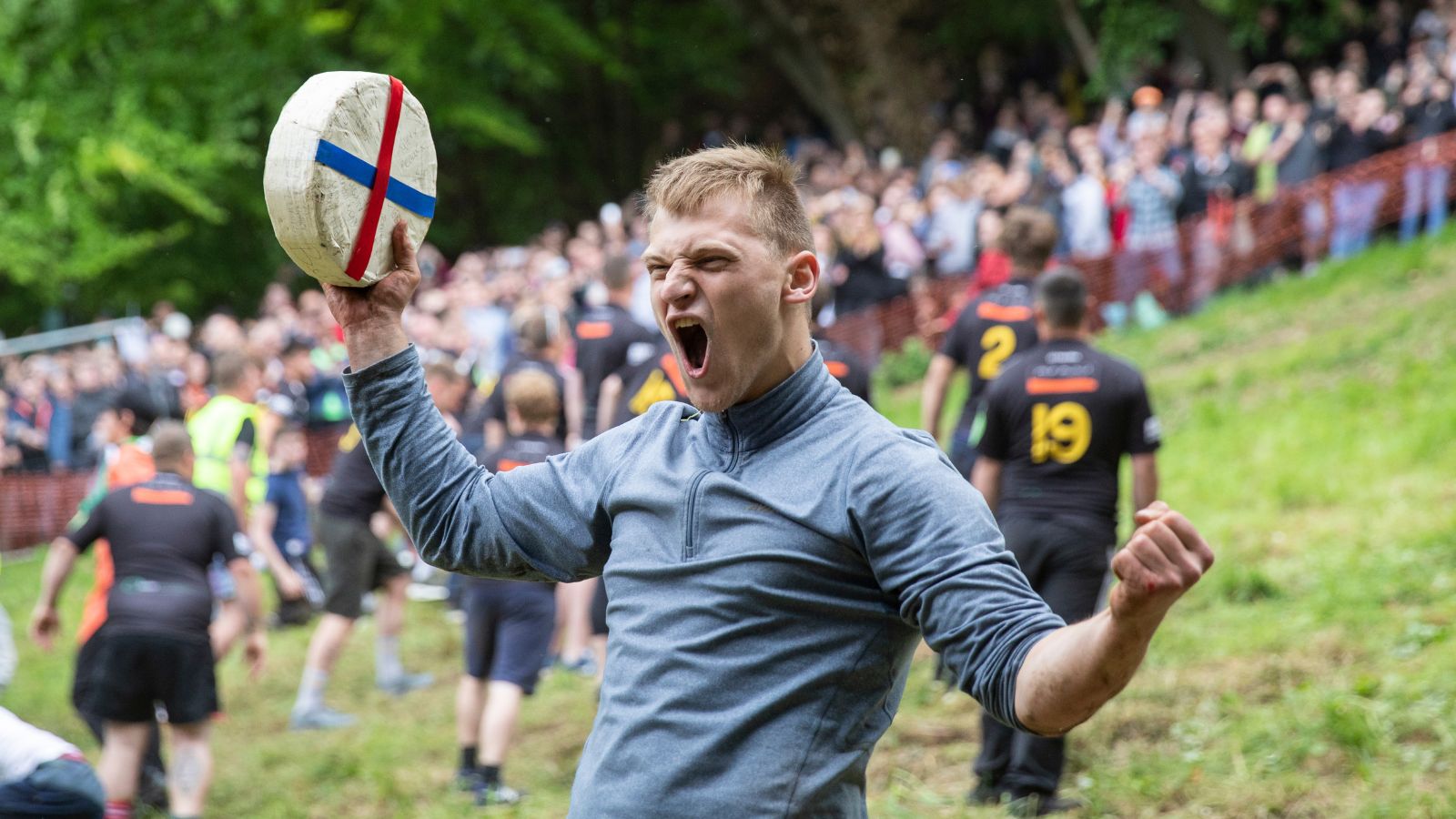
Every spring, participants chase a wheel of cheese down the steep Cooper’s Hill in Gloucestershire, leading to a peculiar event that is as entertaining as it is dangerous. It attracts both local and foreign visitors who are eager to witness or join in the chaotic tumble. The winner takes home the prized Double Gloucester cheese, but as the BBC points out, this prize might not be worth all the injuries.
Morris Dancing
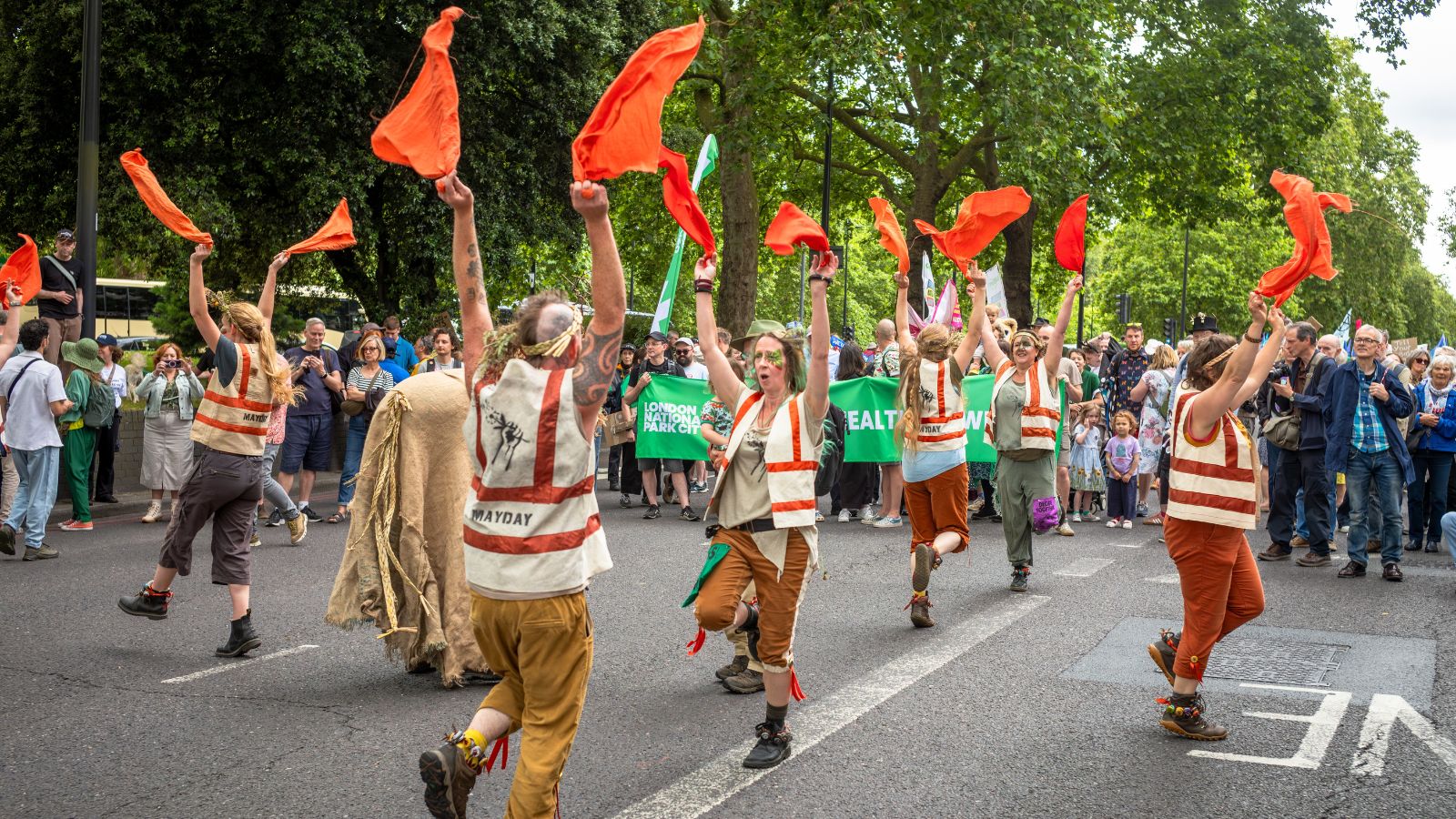
Soloman/Shutterstock
Performers wearing bells and wielding sticks or handkerchiefs dance energetically to traditional music in the English act of Morris dancing. Originating from rural England, Morris dancing is a vibrant display of folk culture. Each region has its own unique style, adding to the mystique and confusion for onlookers unfamiliar with the ritual.
Bonfire Night
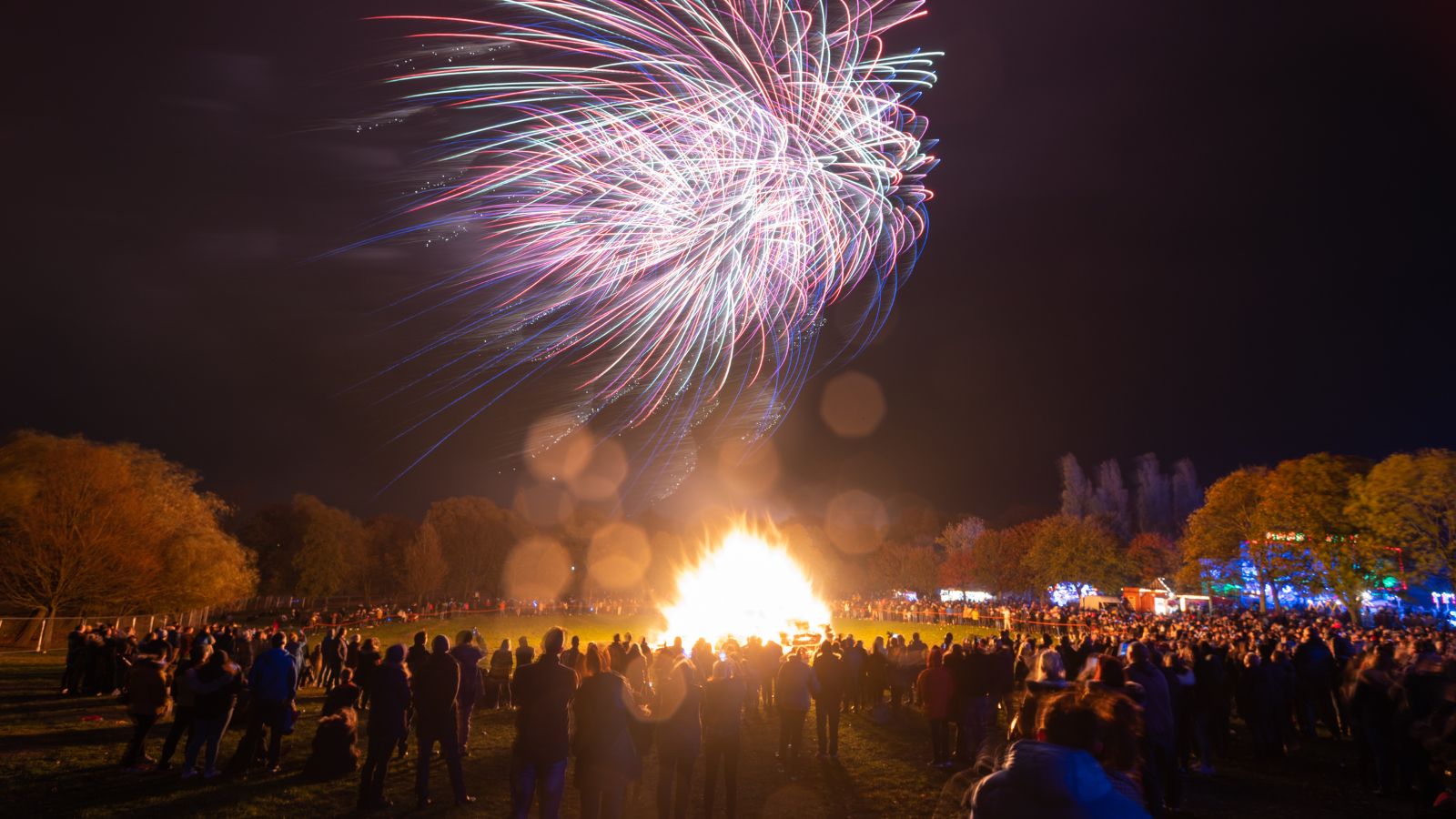
On November 5th, the UK celebrates Bonfire Night with fireworks and burning effigies of Guy Fawkes. This event commemorates the failed Gunpowder Plot of 1605, and usually involves gathering around large bonfires, enjoying firework displays, and enjoying a variety of fairground activities.
Haggis Hurling
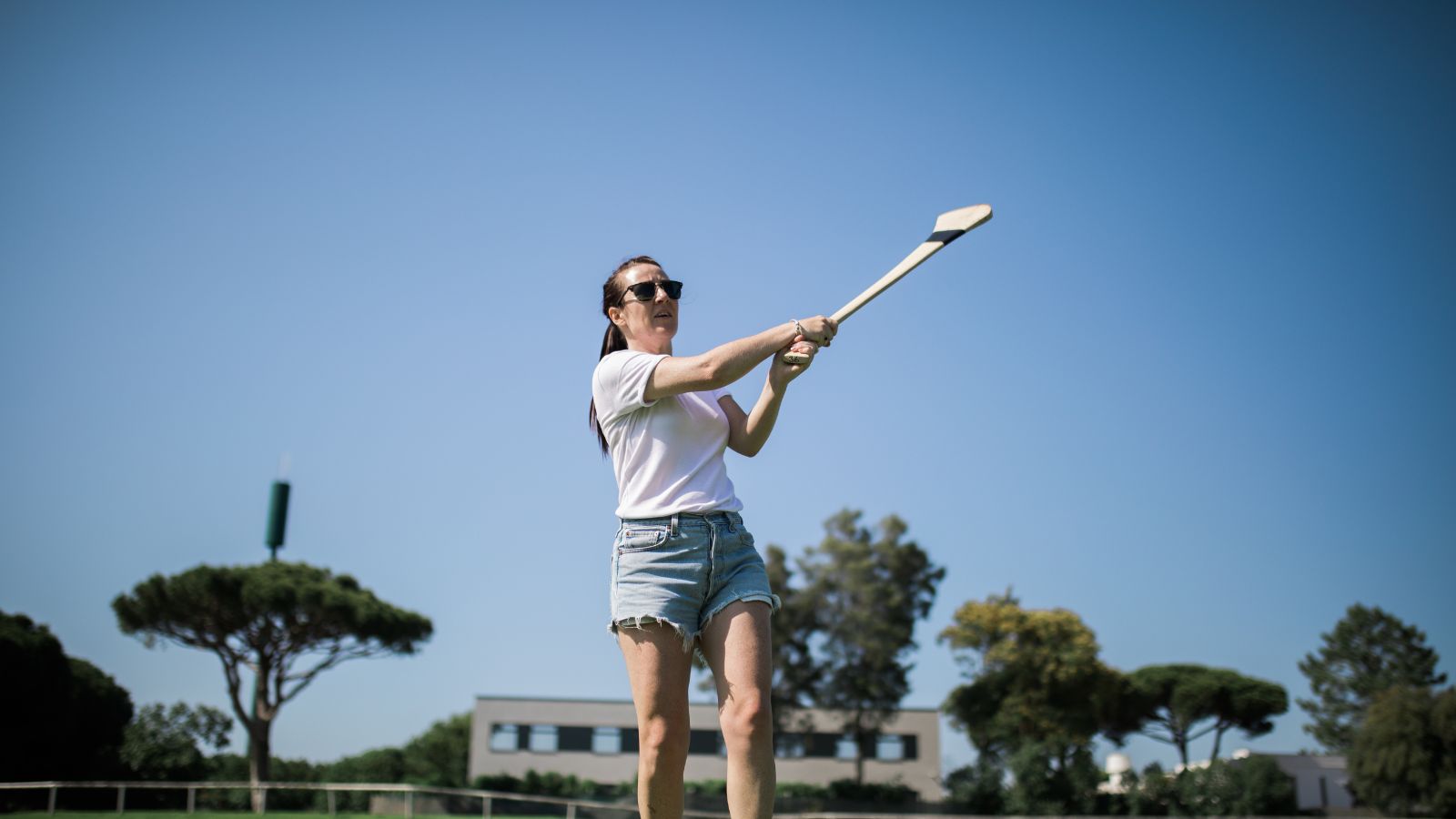
In the bizarre Scottish sport of haggis hurling, competitors quite literally throw a haggis as far as possible. The haggis must remain intact for the throw to count. This quirky tradition, which may have originated as a joke, has gained popularity and even has official rules and world records associated with it.
The Pancake Race
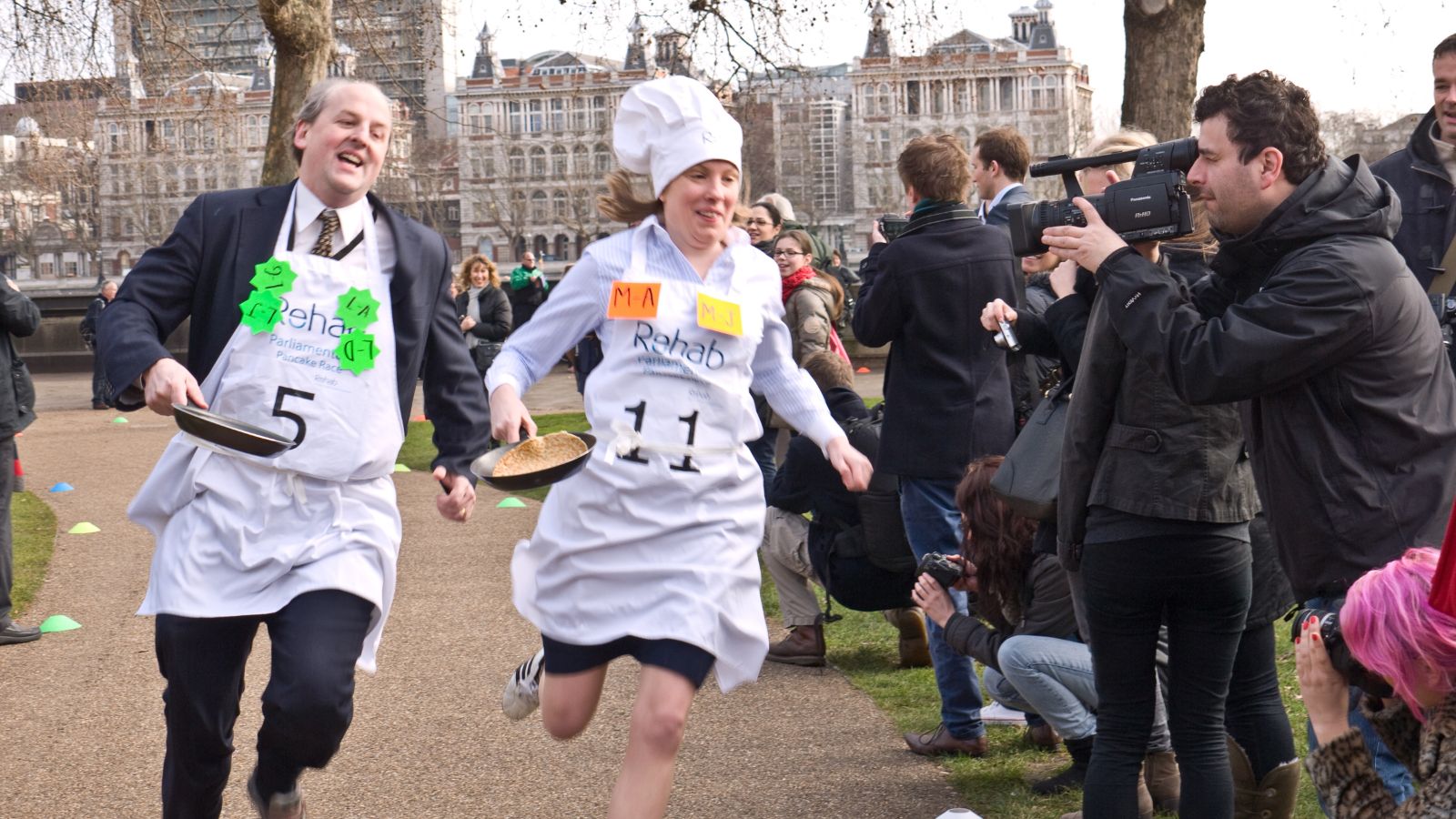
Held on Shrove Tuesday, towns across England host pancake races where participants run while flipping pancakes in a frying pan. The most famous race takes place in Olney, Buckinghamshire, and participants must flip their pancakes at least three times before crossing the finish line to win.
Pearly Kings and Queens
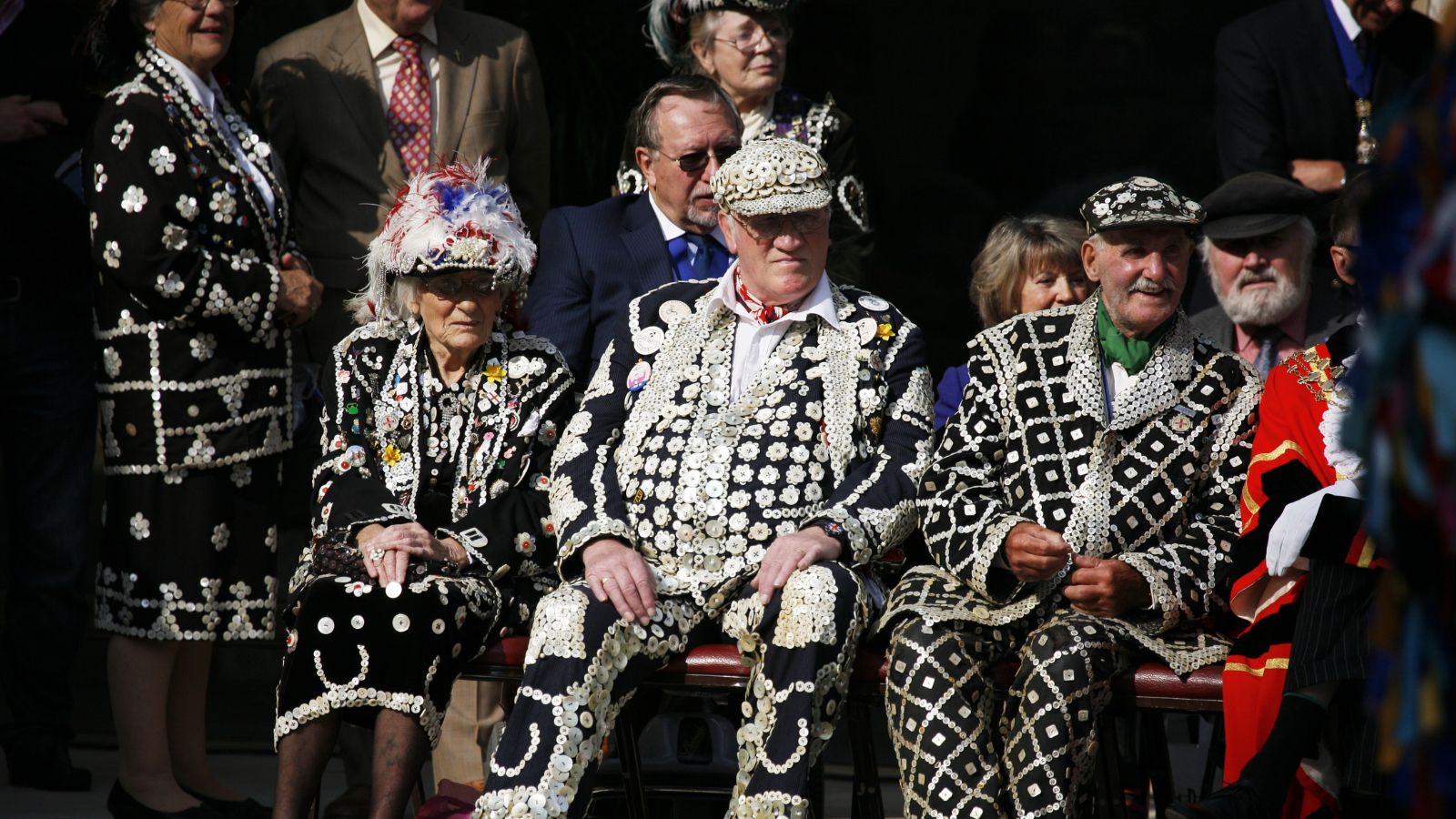
Dating back to the 19th century, the Pearly Kings and Queens are a charitable tradition originating from London’s street traders. Dressed in elaborate suits covered in pearl buttons, they represent different London boroughs and raise money for various causes, maintaining a unique and colorful cultural heritage.
Swan Upping
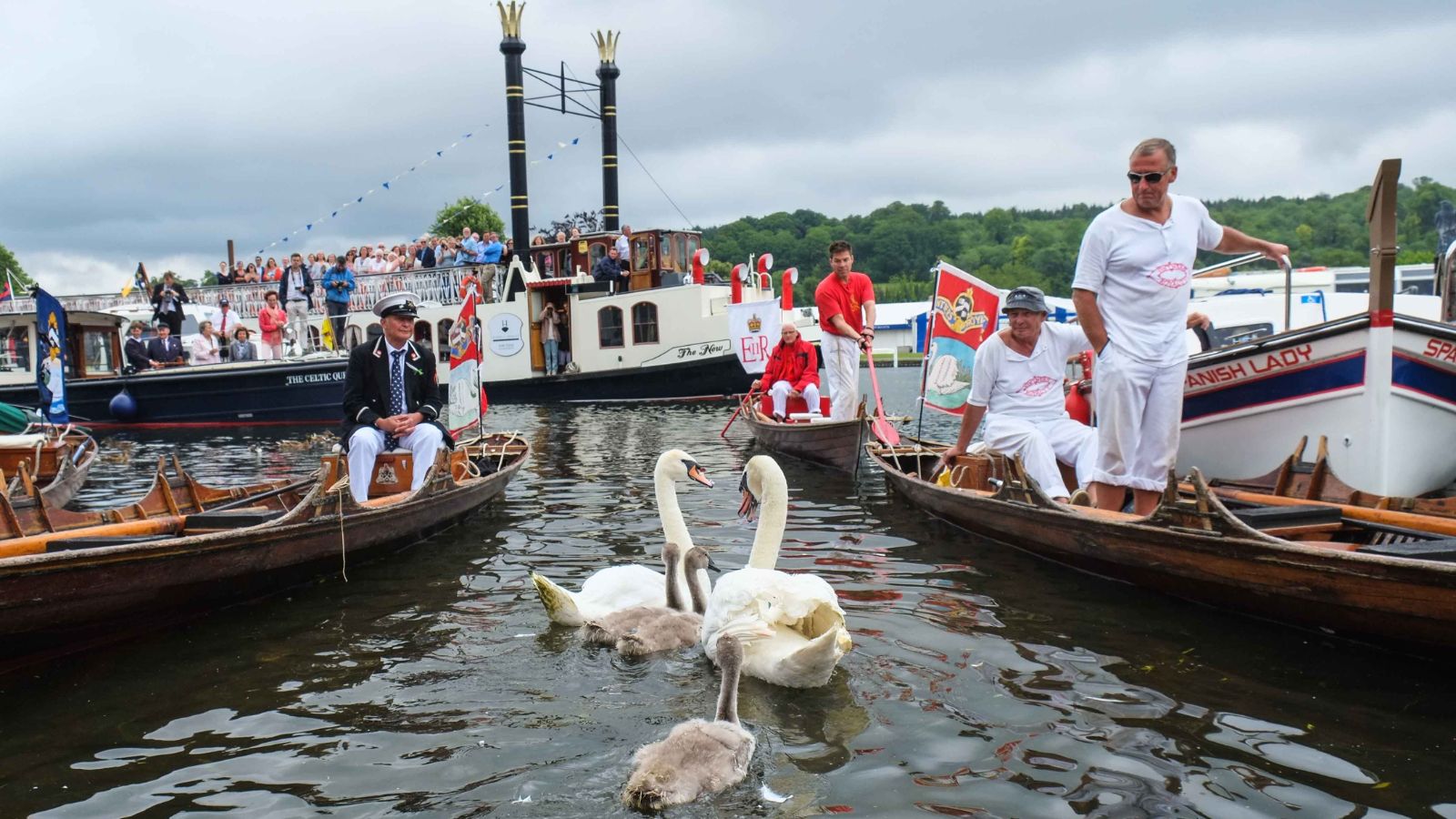
Each July, the Swan Upping ceremony sees royal swan markers counting and marking swans on the River Thames. The annual tradition helps monitor the swan population and involves a picturesque journey up the river, showcasing a quaint aspect of British wildlife management and royal heritage.
Drinking Tea

There’s no denying that the British custom of drinking tea at almost any time of day can bewilder tourists. Tea is often accompanied by biscuits or small sandwiches, especially during afternoon tea. This ritual, deeply ingrained in British culture, serves as a moment of relaxation and socialization amidst daily activities.
Cricket Matches
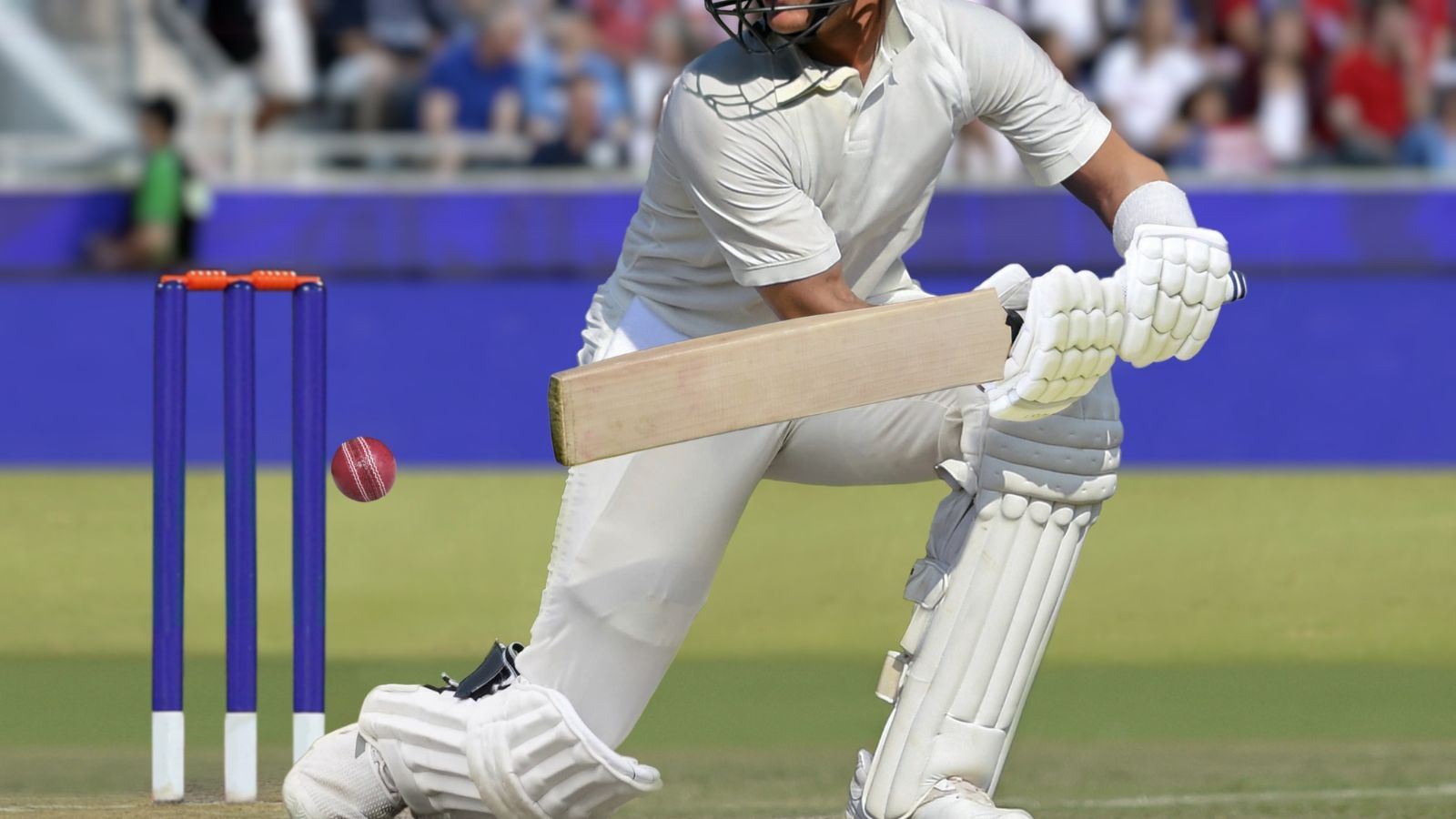
The British sport of cricket, of which matches can last for days, often leaves tourists puzzled. With complex rules and a leisurely pace, fans gather to enjoy the game, complete with breaks for tea and lunch, making it a unique spectator experience. The “Barmy army” will no doubt keep things interesting, too.
Queuing

The British are famous for their orderly queues, which will exist regardless of whether you are waiting for a bus, in a shop, or at a concert. Either way, lining up in an orderly fashion is a deeply ingrained social norm, something that tourists may find peculiar or even frustrating at times.
The Changing of the Guard
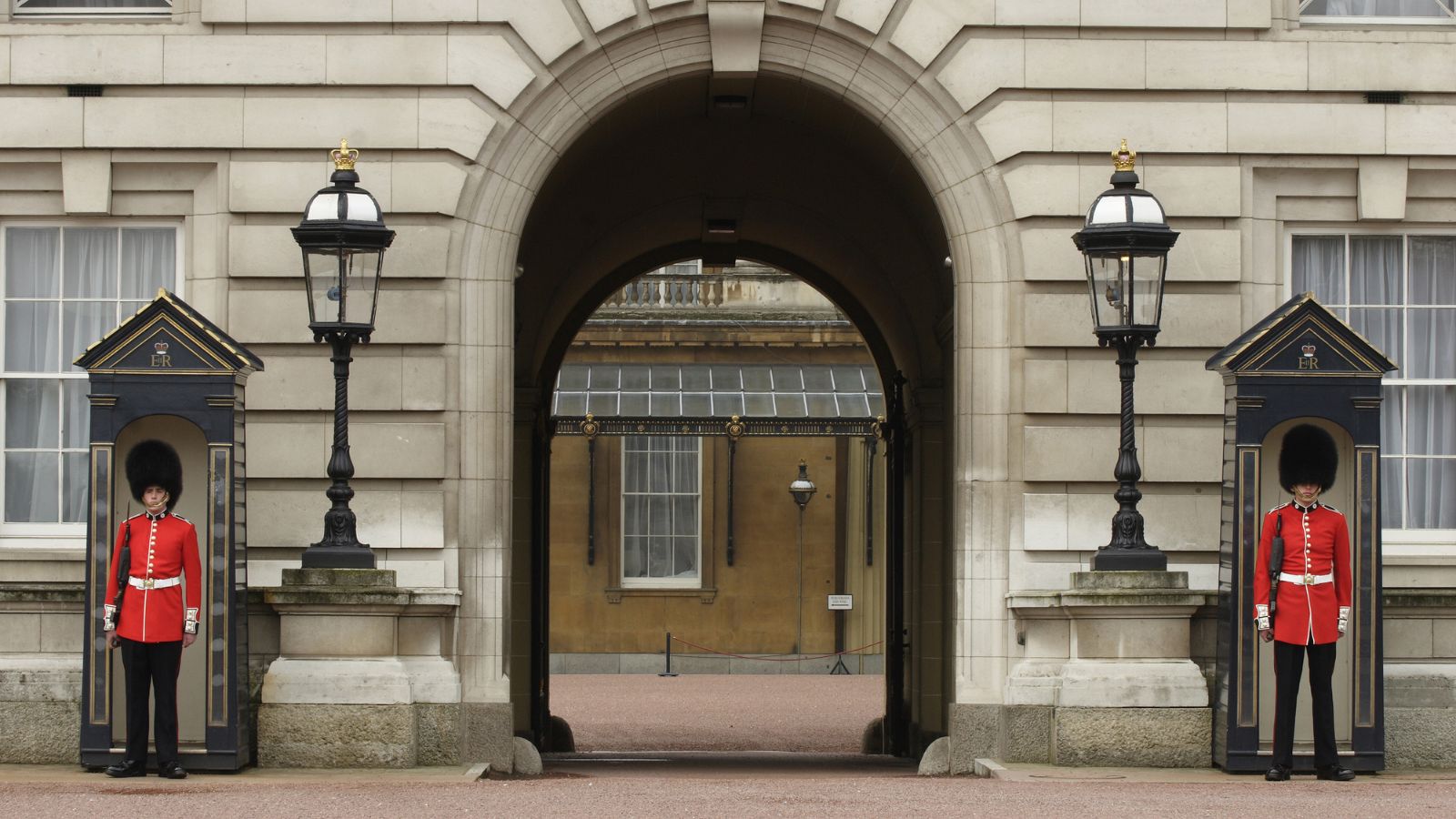
If you’ve visited London but haven’t seen the Changing of the Guard, you’ve missed out. This ceremonial event at Buckingham Palace draws crowds from around the world, who eagerly watch as the Queen’s Guard, in their iconic red uniforms and bearskin hats, perform a highly disciplined exchange.
Pantomime
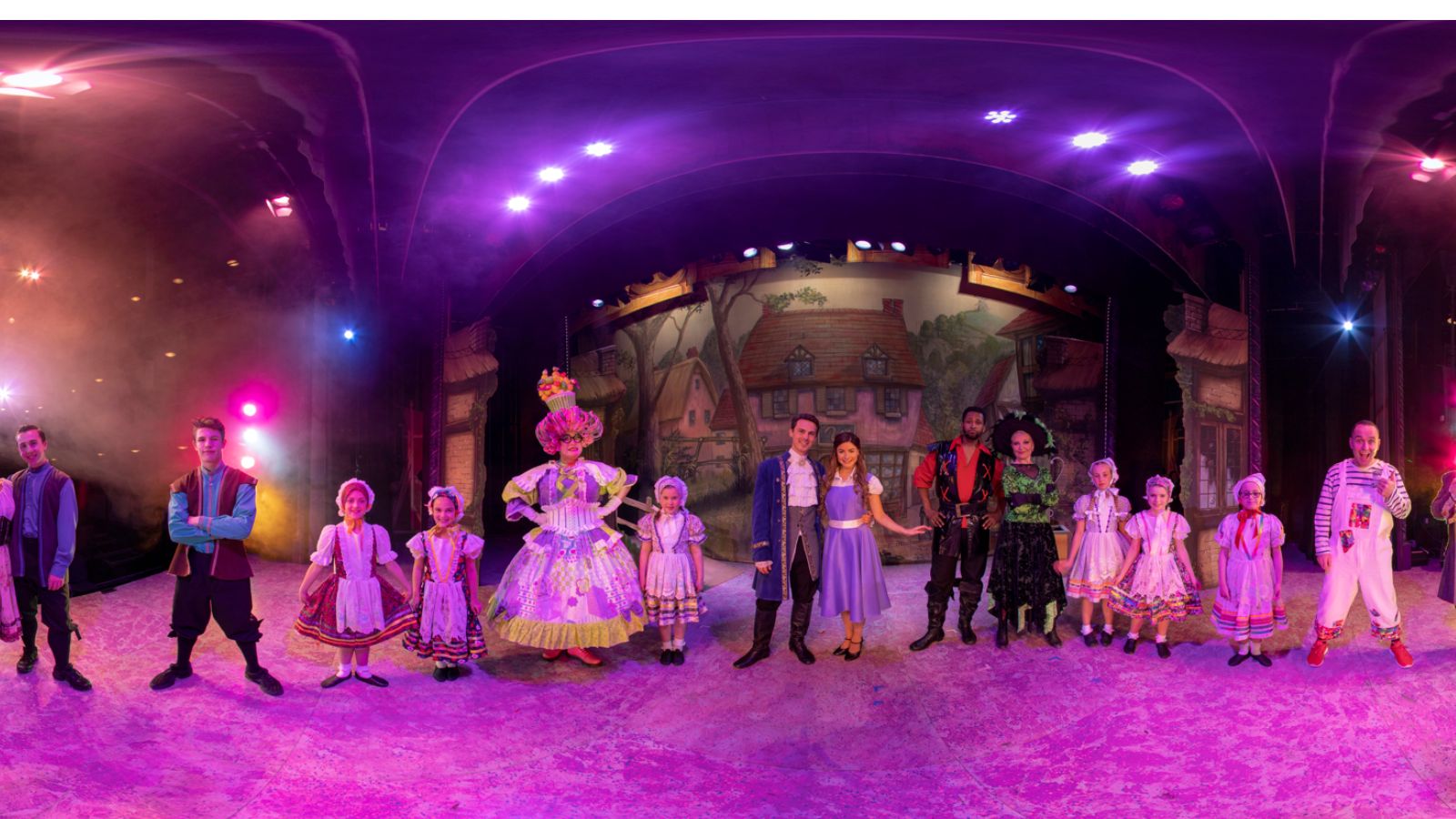
One of the most beloved British Christmas traditions is pantomimes, which are theatrical performances characterized by slapstick humor, cross-dressing actors, and audience participation. These family-friendly shows, often based on fairy tales, are a staple of British holiday entertainment and provide a unique cultural experience for visitors.
The Royal Ascot
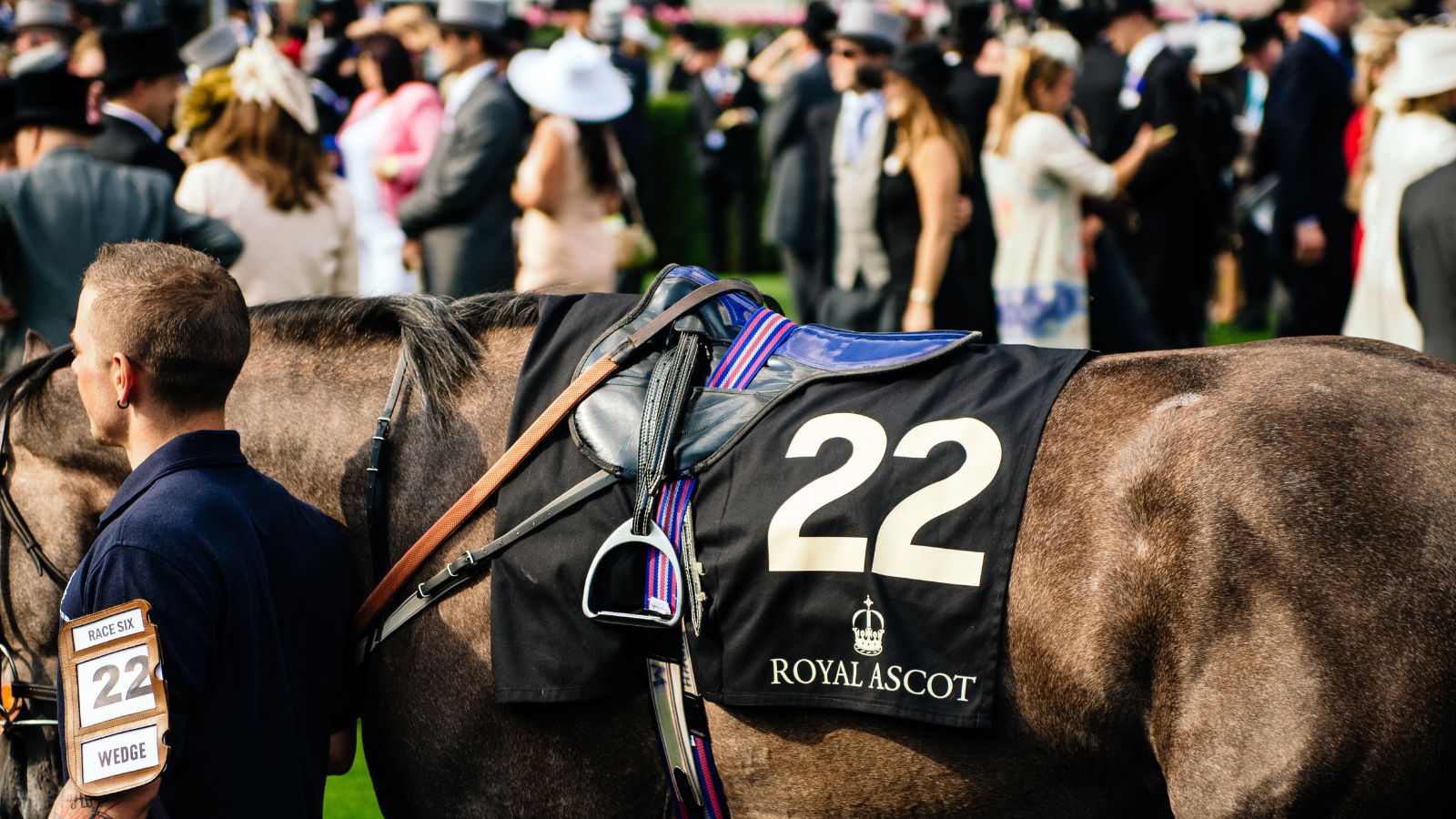
One of the world’s most prestigious horse racing events, the Royal Ascot blends sport with high fashion and elaborate hats. Attendees, including members of the royal family, dress in their finest attire, with this strict dress code adding to the spectacle, creating a distinctive and elegant atmosphere.
Bank Holidays
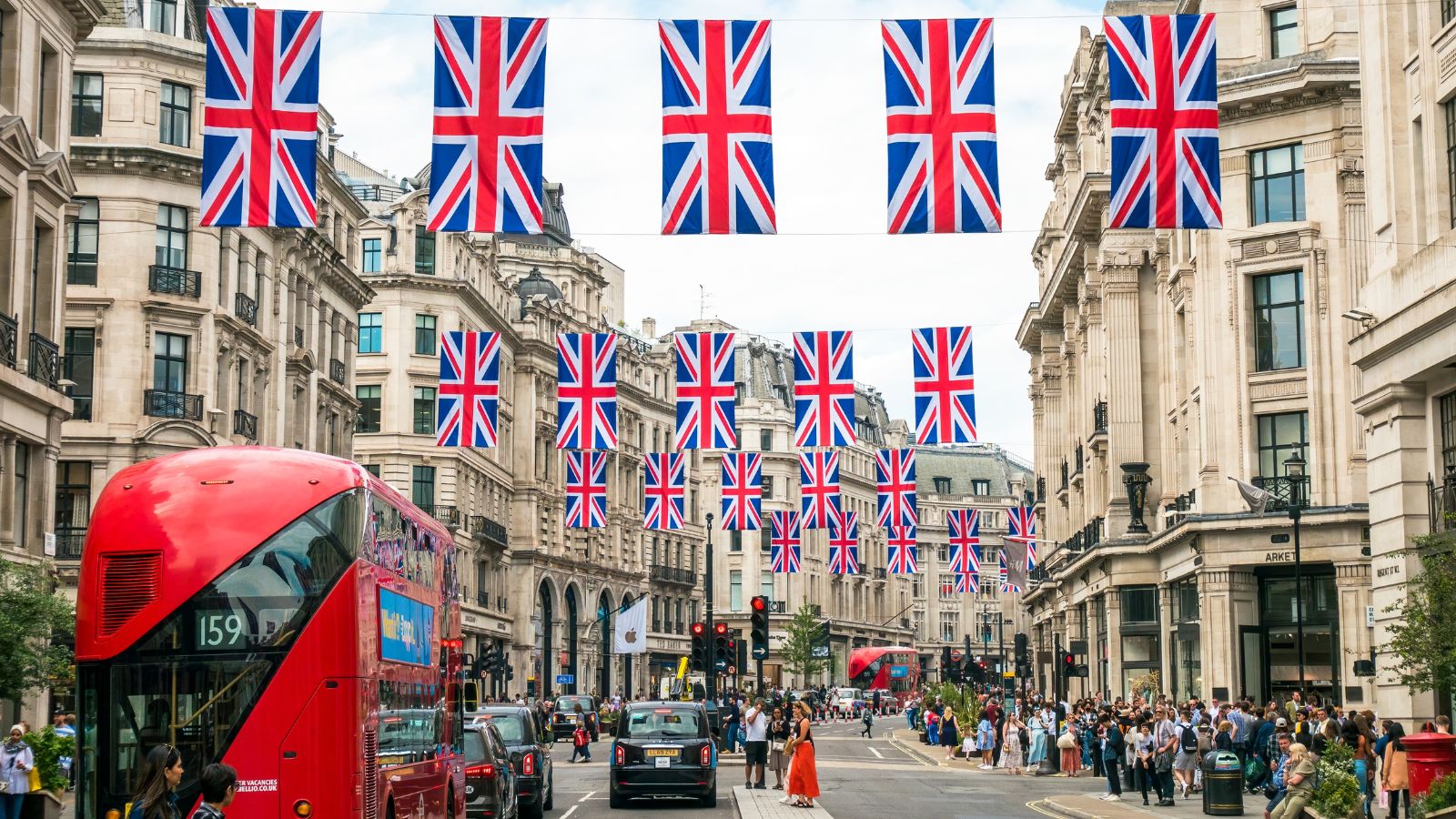
Unlike most parts of the world, the UK observes several public holidays known as bank holidays. These days off work often involve local events, family gatherings, barbeques, or leisurely activities. The concept of bank holidays, some with historical significance, allows for communal relaxation and celebration, which many tourists find strange.
Christmas Crackers
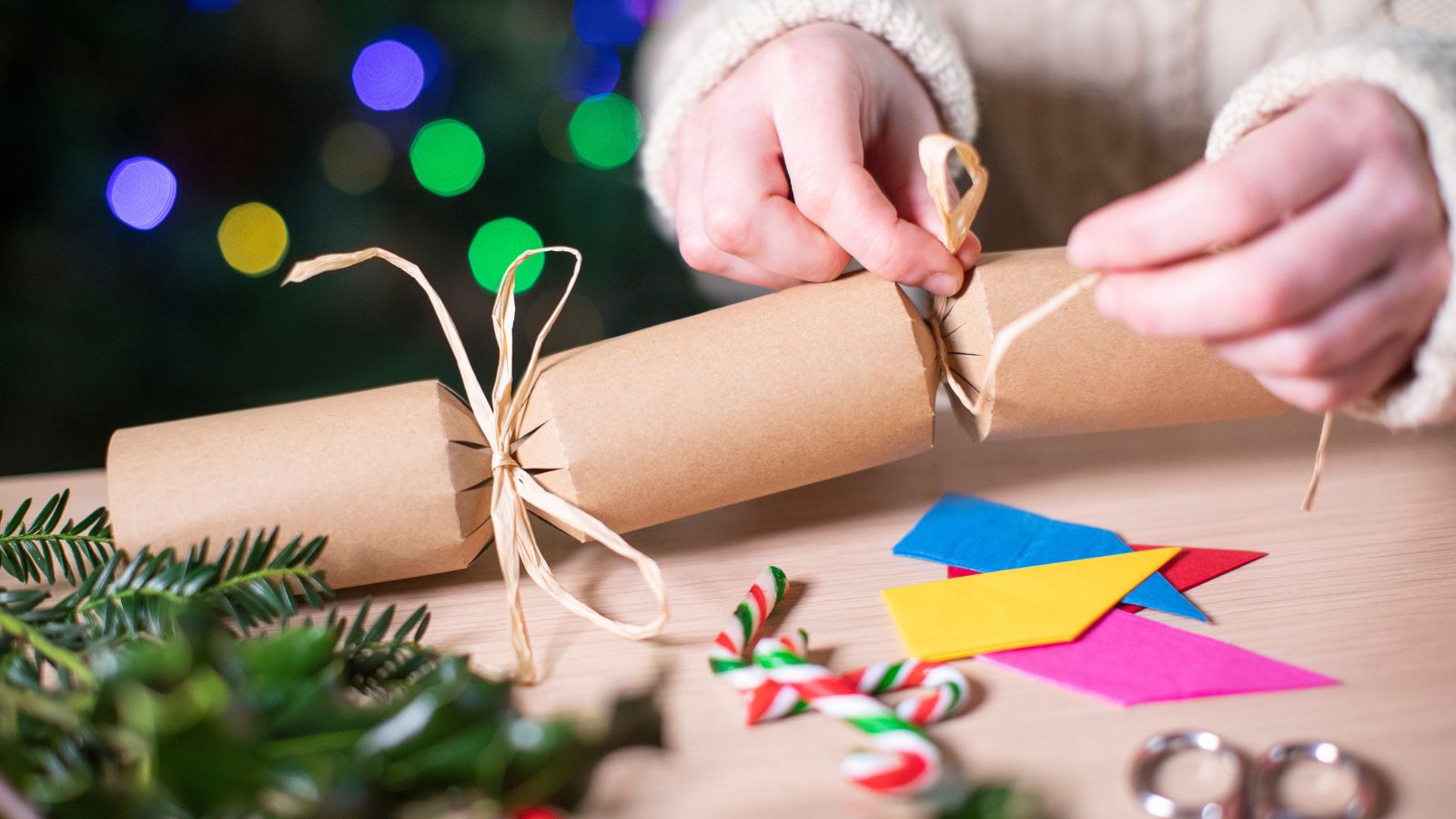
During Christmas meals, British families pull crackers to reveal small gifts, jokes, and paper crowns. This festive tradition, originating in the 19th century, adds a playful element to holiday celebrations. Tourists will no doubt find the inclusion of cheesy jokes and colorful hats both amusing and baffling.
Sunday Roasts
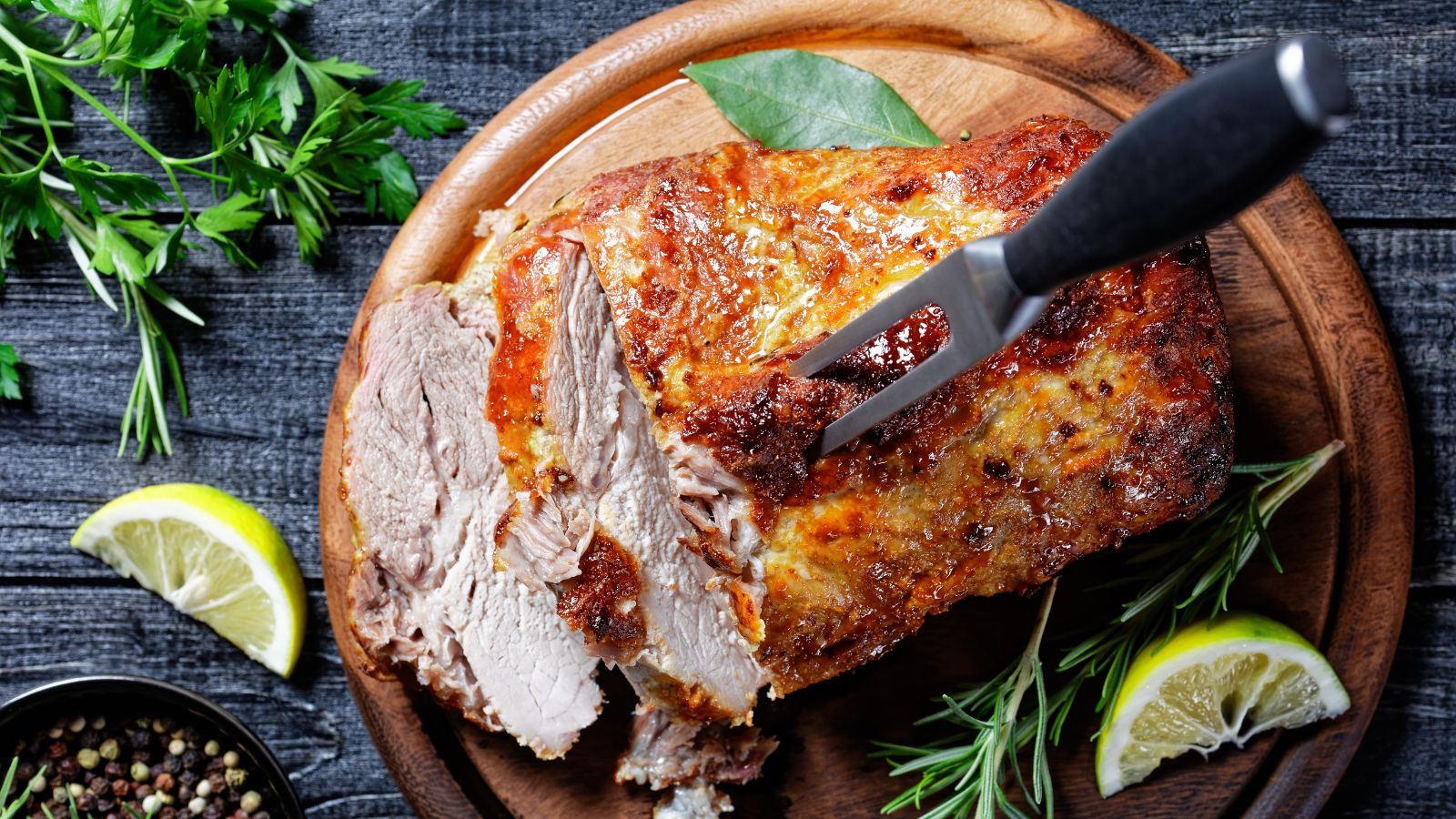
You don’t get more traditional in the UK than the Sunday roast, which typically involves roasting meat, potatoes, and vegetables, a combinational staple of British cuisine. Families gather for this hearty meal, often accompanied by Yorkshire pudding and gravy, marking a wonderful moment to get together and catch up.
Pub Culture
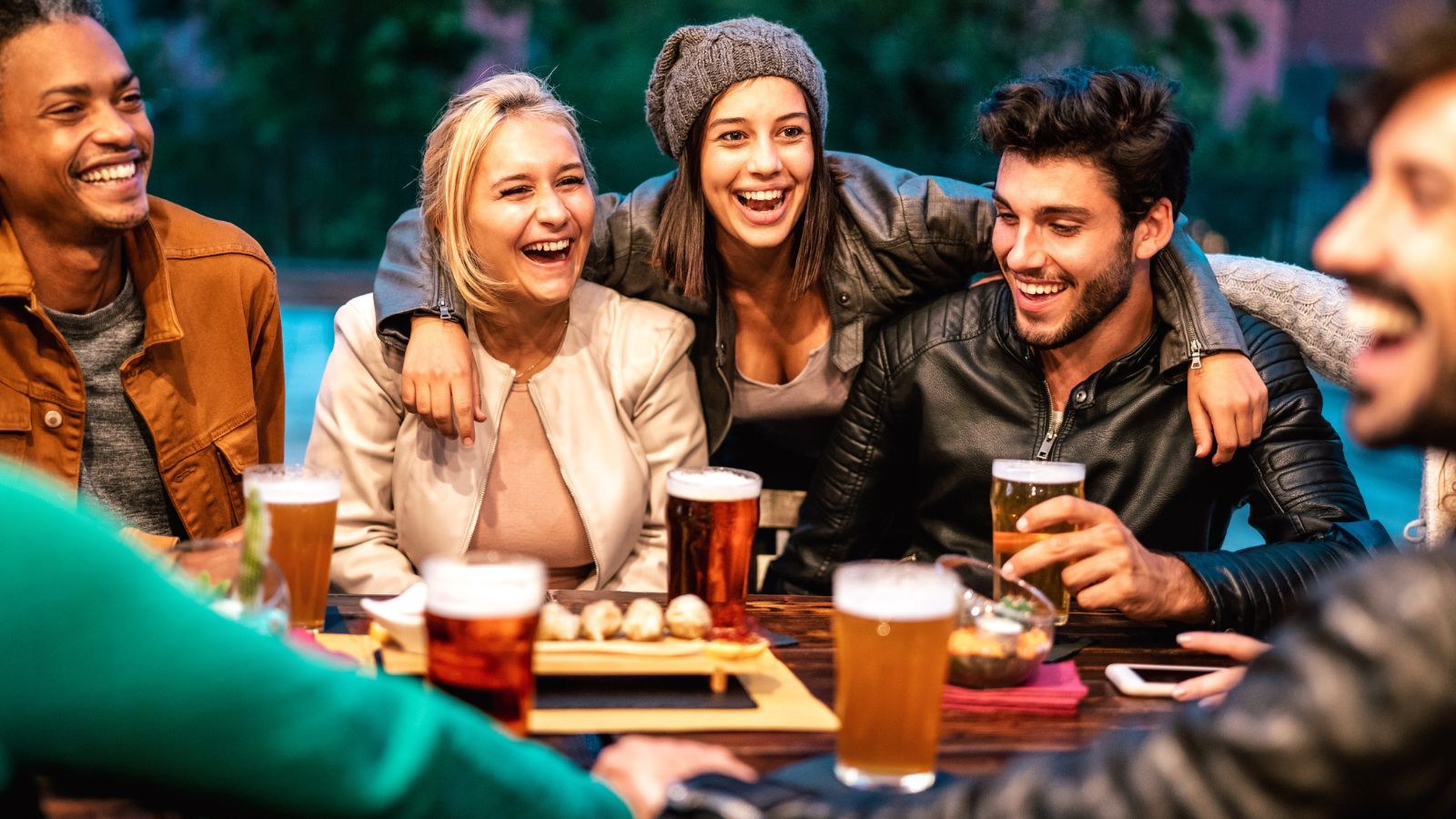
Any tourists who visit the UK will be baffled by how British pubs are more than just places to drink; they are social hubs. Pubs often have cozy interiors, and many host quizzes, darts, or live music. The local pub is a cornerstone of community life, offering an authentic glimpse into the social fabric of British society.
Royal Warrant
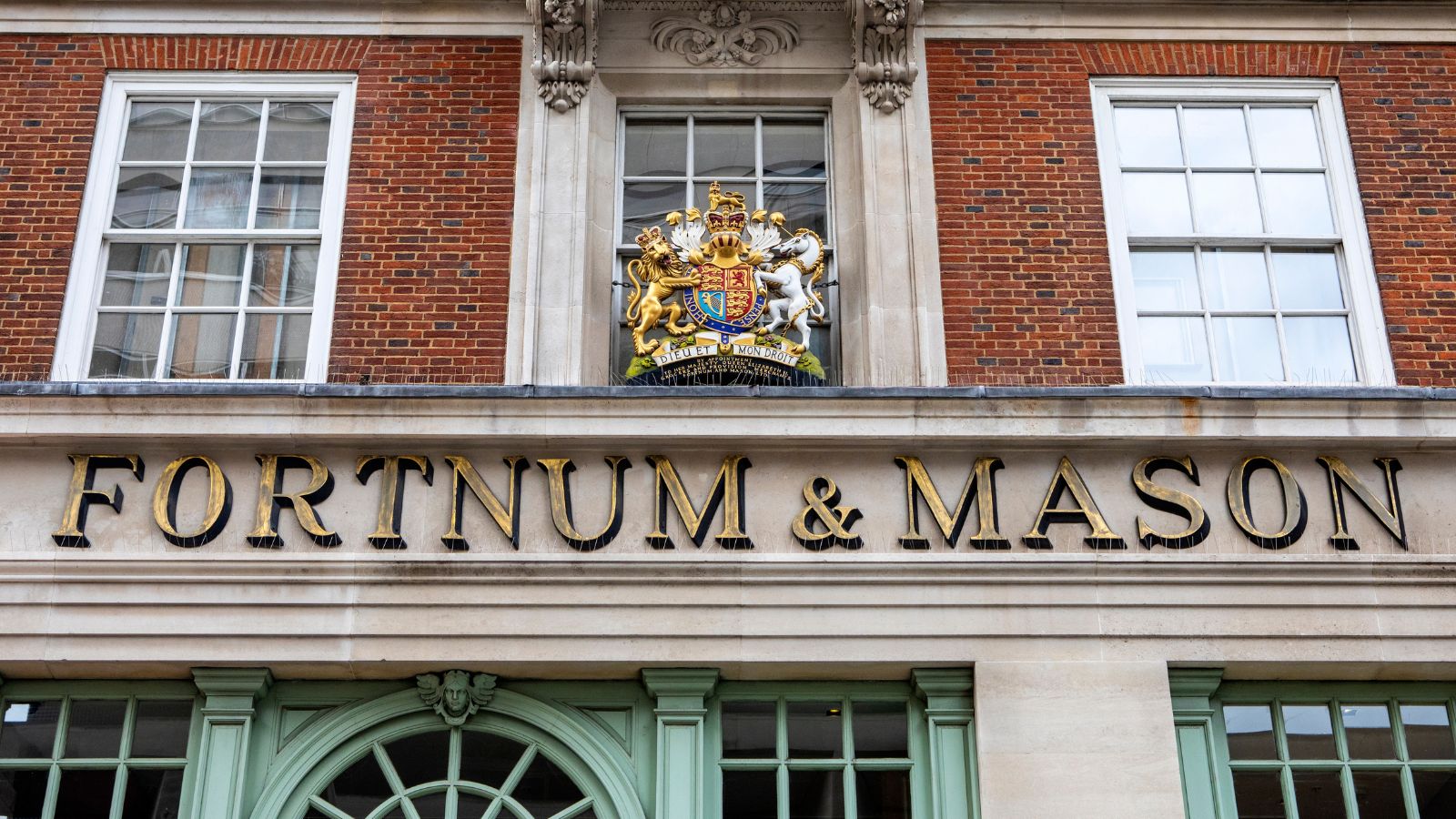
When using British products, tourists might notice that they all bear the Royal Warrant, signifying that they are supplied to the royal household. This tradition dates back to the 15th century, serving as a mark of quality and prestige for certain goods and services.

